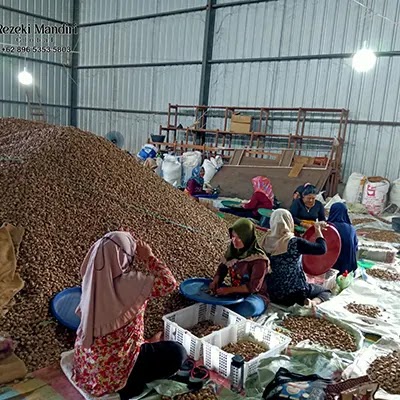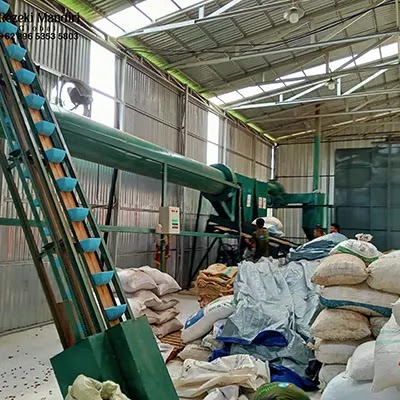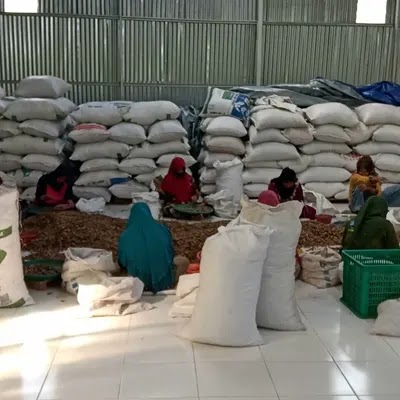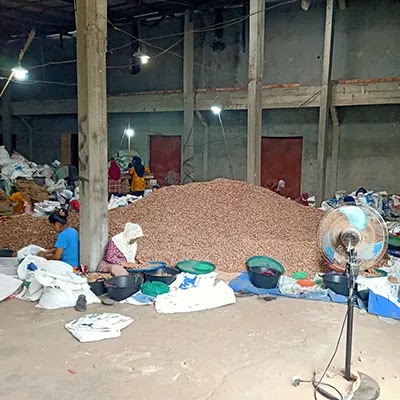We export Split betel nut 90-95% quality of to Bangladesh
Introduction
Split areca nut, sometimes referred to as betel nut -- is a major cash crop in many Asian countries. The export of betel nuts also plays an important role in the economies of these areas — especially if exported split. Main customer of areca nuts, Bangladesh seek quality imports most often at levels of 90-95%. This article is concerned with how to export the areca nut in a 90-95% quality state able to meet and surpass these high standards (for Bangladesh).
Explaining the Areca Nut Market
Global Demand and Supply
Areca nut is a commodity which has consistent demand, largely supported by culture and tradition in countries like India, Bangladesh or Myanmar. Arecanut is the largest exported and most produced product in India, as part of its global supply chain with various stakeholders.
- Primary Producers: India, Indonesia and Myanmar
- Top Buyers: Bangladesh, India, Pakistan
Importance of Quality
While transacting in areca nut, quality is a must. Pricing is typically based on uniformity of the split areca nuts with respect to size, colour and moisture content. This comply tie breaks intended the Bangladeshi value piece for line employed exporterswho confound to key regulation quality control measures.
Split Betel Nut Export to Bangladesh
Quality Standards
Clearly very detailed work is required to come even close to the 90-95% standard. They should make sure that nuts are adequately split, free of impurities and have the required moisture content. This involves:
- Choosing Raw Nuts: Stop only the very best nuts for cracking.
- Splitting — the nuts should be split exactly and without naught damage.
- Drying and Packaging- It is important to dry it using proper techniques so that the required moisture percentage remains, after which you shall pack them securely to retain their quality during transit.
Regulatory Compliance
All Bangladeshi and domestic regulations must be followed by exporters. The required certifications (phytosanitary certification) needed to ensure the safety of our grains, as well as governments certifying where those loads are moving within each border.
Mega problems in the Exports Operations
Quality Control
Keeping up the same quality, that is very tough. Quality of the nuts can be affected by factors like weather conditions, storage facilities and handling practices.
Market Competition
Areca nut is a very competitive market. For the exporters, then we need to differentiate the stand alone product offering with good quality and pricing strategies.
Strategies for Success
Enhancing Quality Control
Strong qc steps require to be put in place. This includes regular checking, sorting and grading using advanced technology, training to workers processing betel nuts.
Building Strong Relationships
Long-term contracts and recurring business can be developed by cultivating a deep connection with buyers in Bangladesh. That mainly means knowing what Bangladeshi people want and providing exceptional service.
Conclusion
PT. Rezeki Mandiri Global had begun the initiative to send split areca nut by hitting 90–95% quality, a mammoth task that in turn complex yet lucrativecape venture of its own. The key is to maintain high-quality standards, adhere regulations and employ the most effective strategies so that exporters can penetrate into this profitable market.
FAQs
Why are Areca nuts important in Bangladesh?
As with all of Bangladesh, the areca nut has cultural and traditional importance in ancient time, but its use still continues during many religious & social norms.
How do exporters maintain quality of split betel nut?
Exporter should select good quality raw nuts, use perfect splitting techniques and maintain correct drying an packaging standards.
Export Regulations and Requirements.Graph showing exports of Areca Nuts by the top producer to Bangladesh
Compliance both in Indonesia and Bangladesh Side Commodity must obtain the required certifications as per norms (‘as is where is' basis) Phyto-Sanitary standards have to be maintained
Problems Faced by Exporter While Maintaining Quality
However, challenges such as weather conditions (including humidity), storage facilities and handling practices can impact the quality of areca nuts.
What is the Export Competitive Business Strategy of Areca Nuts?
Improving and strengthening quality control processes, having a strong relationship with buyers and most importantly very competitive pricing makes all the difference in this type of market.



































